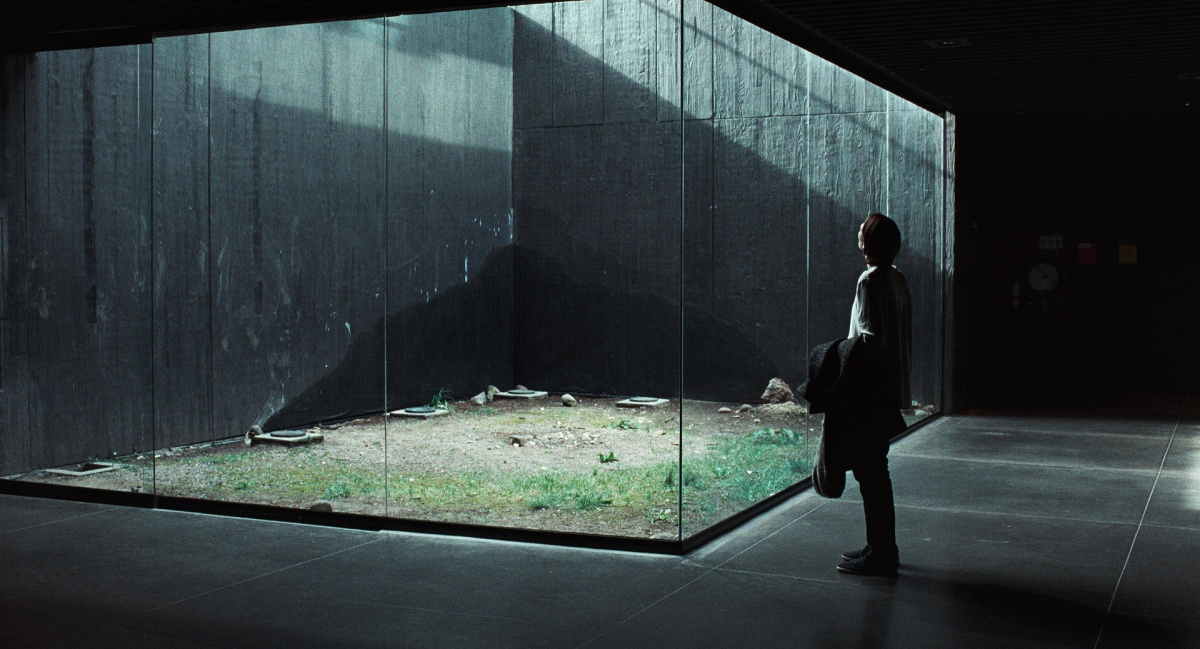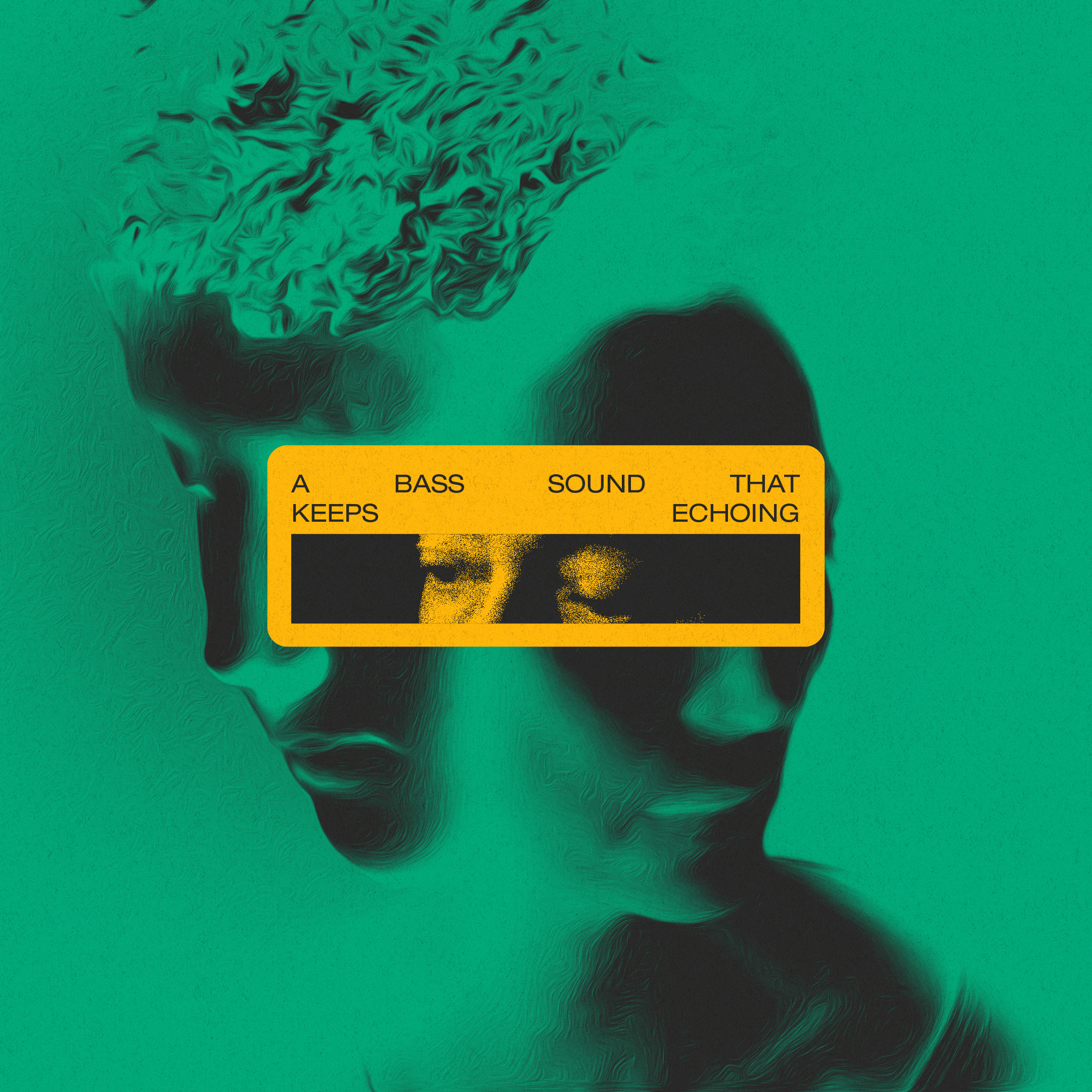
Haunted by an Invisible Sound
How does sound shape visual perception in a movie? Watching Memoria by Apichatpong Weerasethakul, film scholar Sulgi Lie is shaken by a heavy bass that has no visible source.
Is it possible to make a feature film solely based on the recurrence of a single sound? And is it possible to trace back this sound to an infinite spectrum of imaginary or real origins without reducing it to a final causality?
Whoever thought that the potential of the acousmatic would be exhausted in the long history of sound film is proven wrong by Memoria, the new work of Thai director Apichatpong Weerasethakul. The term acousmatic was coined by the French film theorist and composer Michel Chion and refers to sounds and voices emanating from off-screen that can’t be pinned down to a definitive visual source in the image (Chion 1994). The undead voice of the dead mother in Hitchcock’s Psycho might be the most famous instance of the acousmatic as a sound in search of embodiment: where does the sound come from?
A Sound More «Real» Than the Image
In Memoria, this fundamental question of the acousmatic is stretched out to time immemorial. The scope of the film promises something like an acoustic prehistory of the earth, condensed into one sound that, in its final inflection, also opens the horizon of a (peaceful) posthuman landscape. One could think of Memoria’s big bang theory as the sonic counterpart to the enigmatic black monolith in Stanley Kubrick’s legendary science fiction movie 2001: A Space Odyssey, likewise a film about the dialectics of prehistory and posthistory.
In terms of audiovisual perception, Memoria goes further than most acousmatic films. It inverts the relationship between cause and effect. Rather than being an acoustic effect seeking a visual cause, the sound seems to be more «real» than the reality of the images themselves. This «real» sound digs itself deep into the body of the listener.
The earth-shattering bass sound that structures the film could be described as a monolith made of pure sound matter – dark, deep, and primordial. As immediately as this sound may emerge out of nowhere, it can’t be forgotten once heard – not by the main protagonist Jessica (Tilda Swinton), an orchid specialist working in Medellín, and not by me, who was exposed to it for the first time at a screening at the Vienna Film Festival in late October 2021.
While I was still attuning to the film after taking a seat, the sound immediately exploded behind the opening shots of a bedroom at night. Jessica awakens from this blast, coming, as she puts it, from the «core of the earth». My initial reaction was «this must be a gunshot», in expectation of a thriller that does not come, or is in endless deferral, during Jessica’s journey through Colombia trying to localize and reconstruct the strange sound. Its phenomenological texture could be described as a cut-up or deconstructed techno bassline blasting out of the monumental loudspeakers of a Funktion-One sound system, itself a kind of dark monolith.
Like on Berghain’s Main Floor
At least this might be the sonic association of someone whose body memory was shaped in the sublime sound cathedral of Berghain’s main floor. As if the protagonist herself might follow this path to the secrets of techno-acoustics, she visits a sound engineer’s studio and, with the help of the most advanced sound technology available, tries to recreate the nuances of the sound stored in her «memoria». This beautiful scene also contains an allegory of cinema itself as an ars memoriae, conserving the archaic sounds of natural history that we prefer to forget and repress in a time often labeled as the Anthropocene.
While it is tempting to critically engage with Memoria as a sophisticated treatise on something like the «hauntology of the Anthropocene», my more old-fashioned suggestion is to understand the film, with the philosopher Theodor Adorno, as an attempt to reconcile technology and nature in the mnemotechnical medium of film itself. This is demonstrated by the attempt to save the shattering sound of (outer and inner) nature through the artifice of a technological reconstruction that ceases to be dominated. What is at stake here is nothing less than the ability of sound to shape a new political ecology of perception.
While the visual side of the film relies, annoyingly, on the presence of arthouse superstar Tilda Swinton to incarnate this seismographic mediality that registers mother earth’s expressions with utmost sensitivity, the sonic concussions released by the bass sound keep echoing long after Swinton is gone. «The moment of being shaken», as Adorno (1997) puts it, reverberates in our memory as the wound of nature.
List of References
This text has been published in the Norient book Politics of Curatorship: Collective and Affective Interventions, edited by Philipp Rhensius and Monia Acciari (Norient Books 2023).
Biography
Shop

Published on January 03, 2022
Last updated on May 28, 2024
Topics
Ecology describes the relationships among living organisms. At Norient, we add sounds and music, asking, for instance: what does a field recording tell about the environment it was recorded?
Does a crematorium really have worst sounds in the world? Is there a sound free of any symbolic meaning?
From art exhibitions to djing to personal Instagram feeds, we look at curation from multiple perspectives.
What is «Treble Culture»? How does what one hears affect what one sees?
Special
Snap
